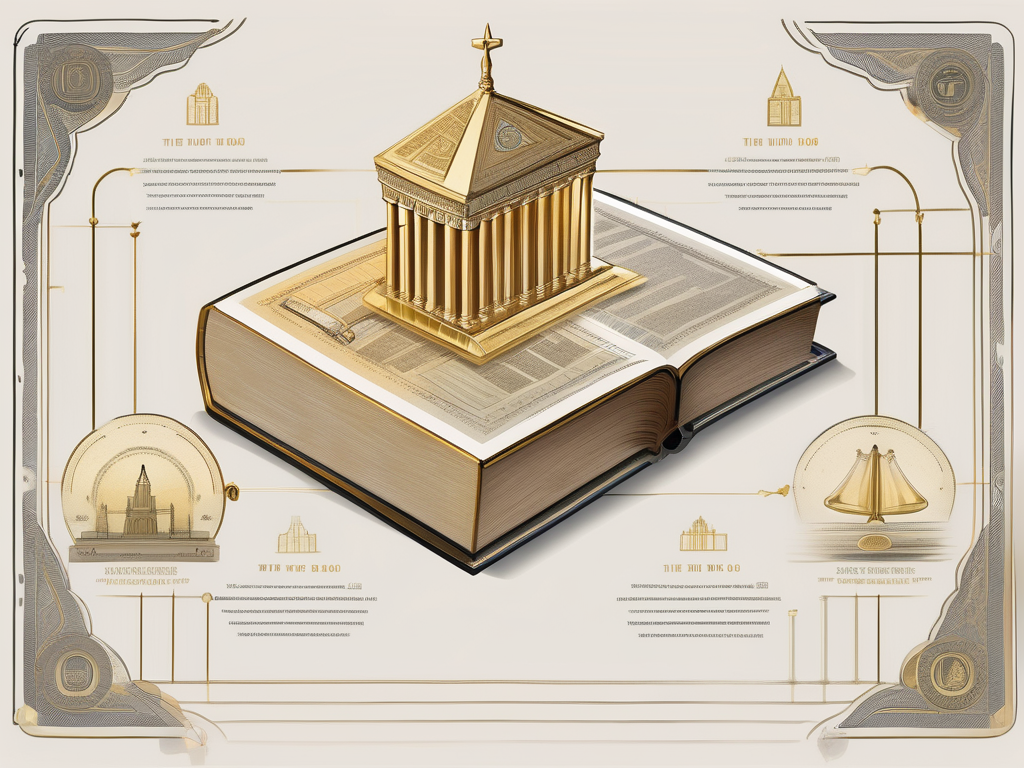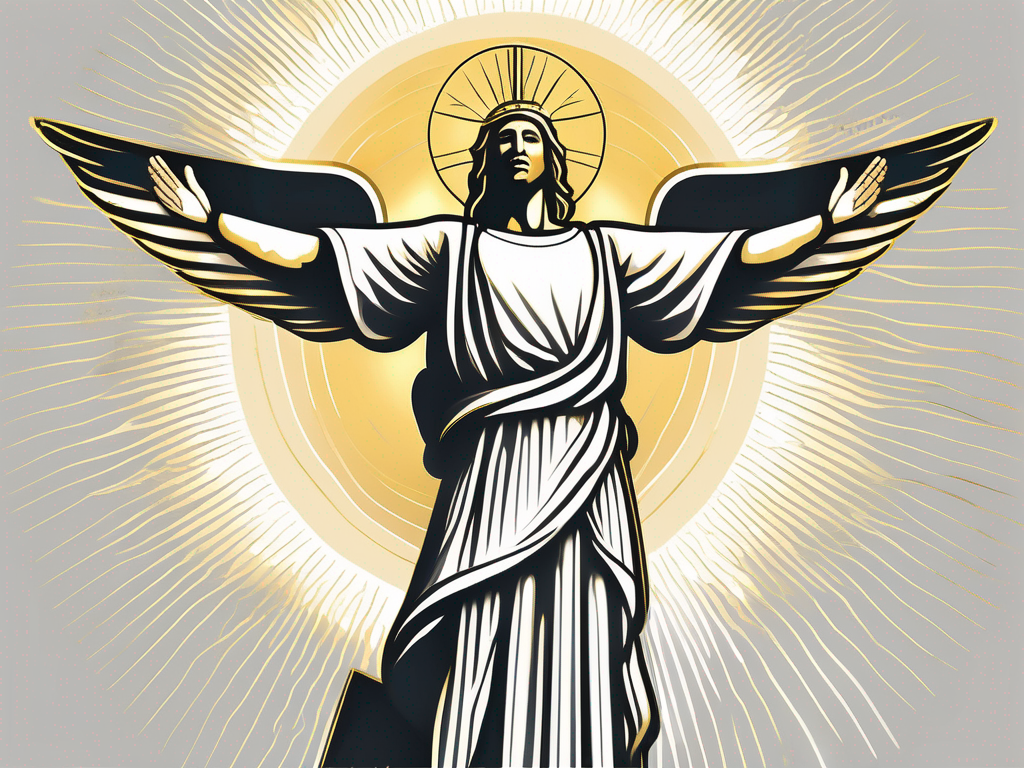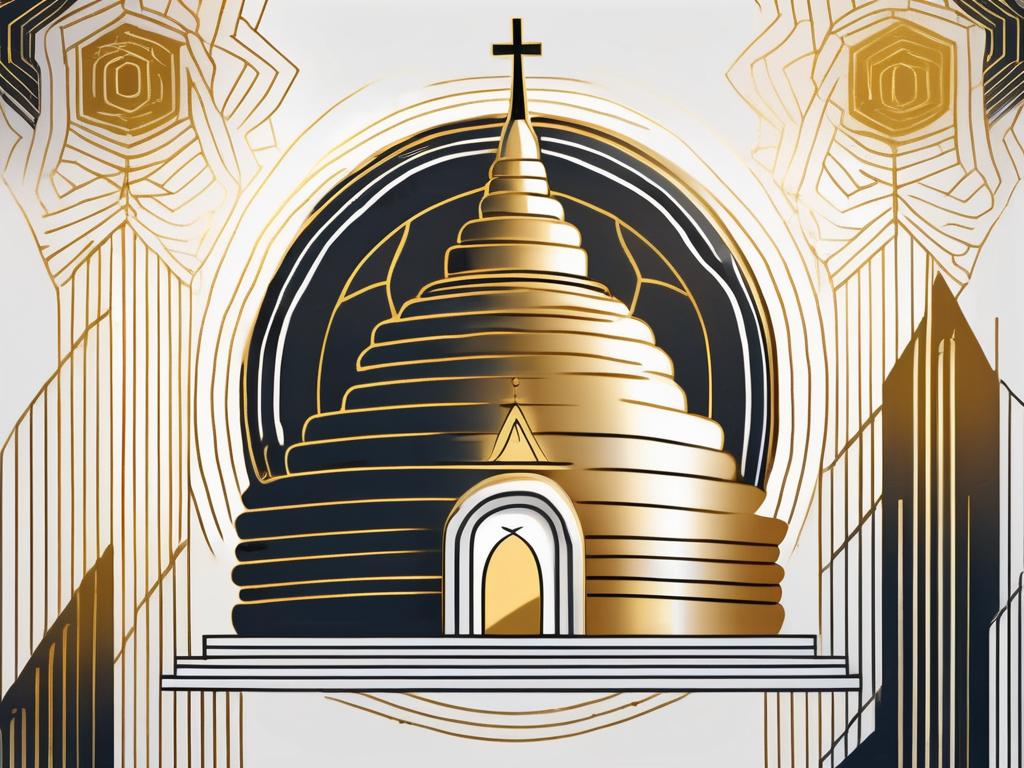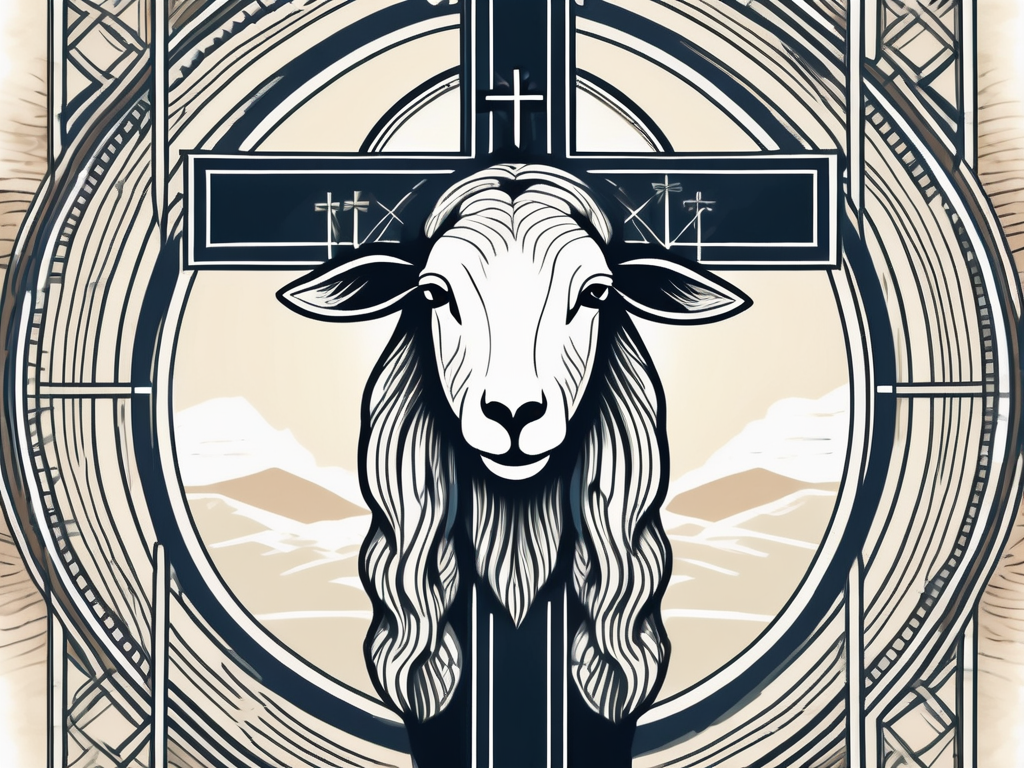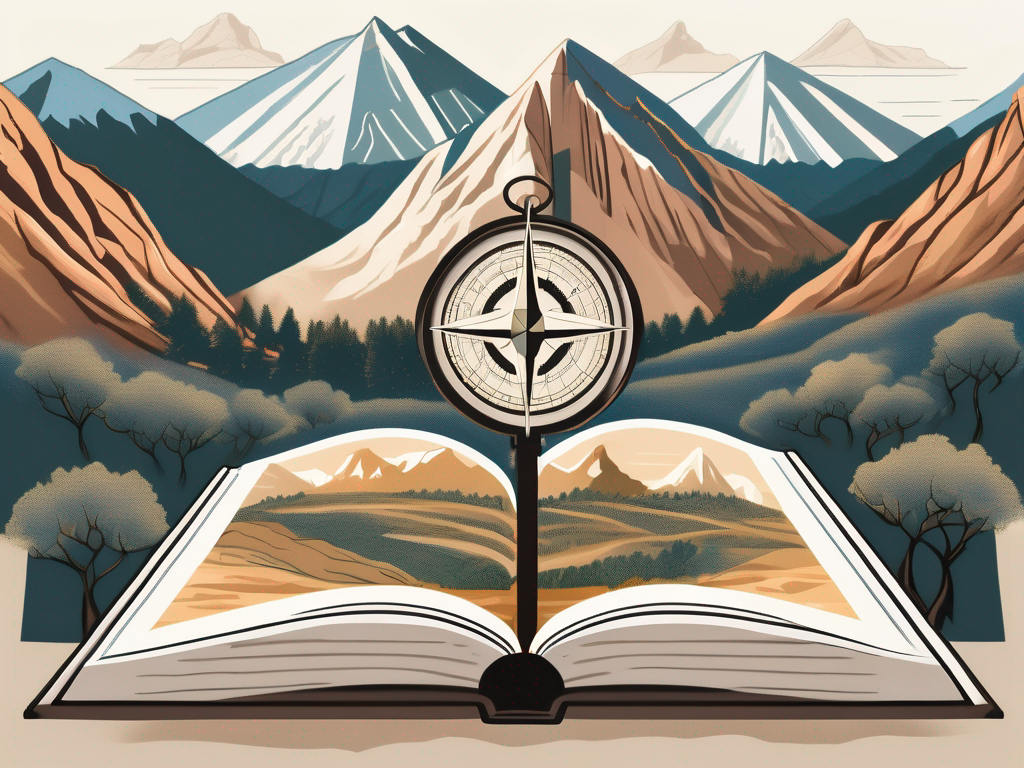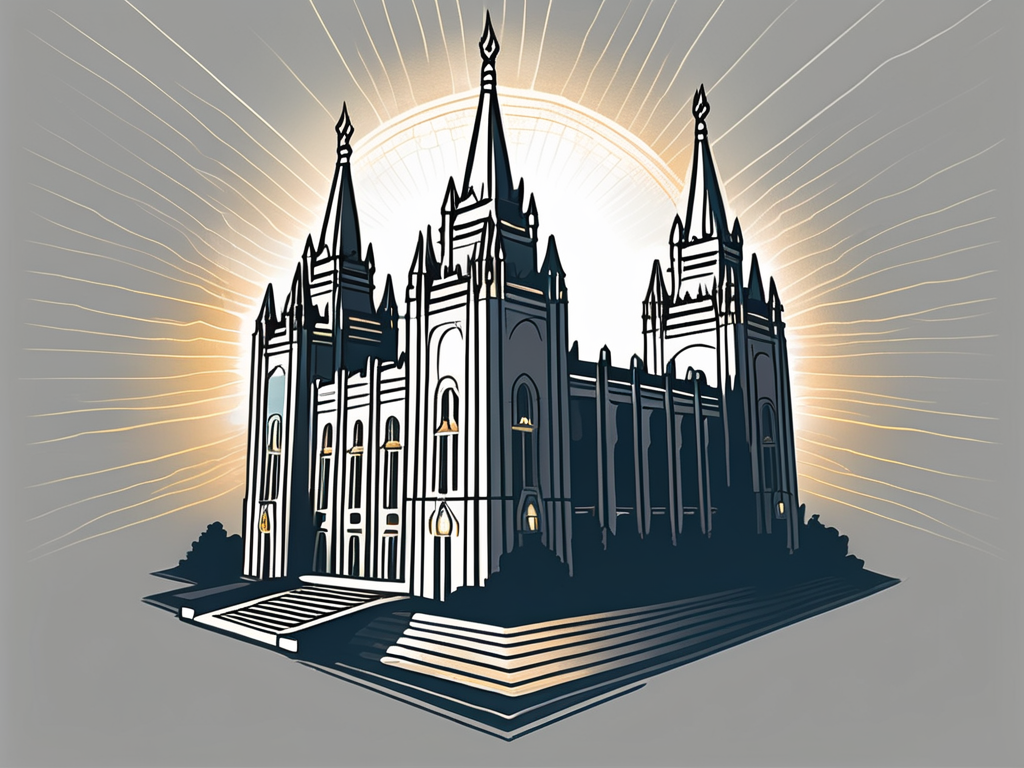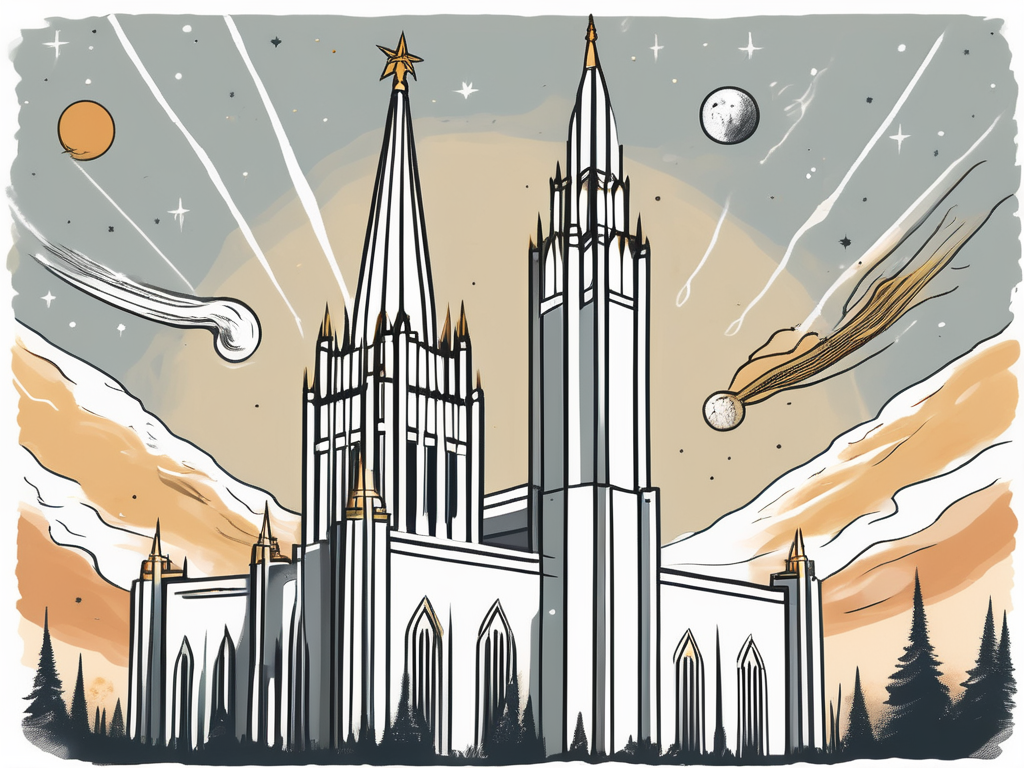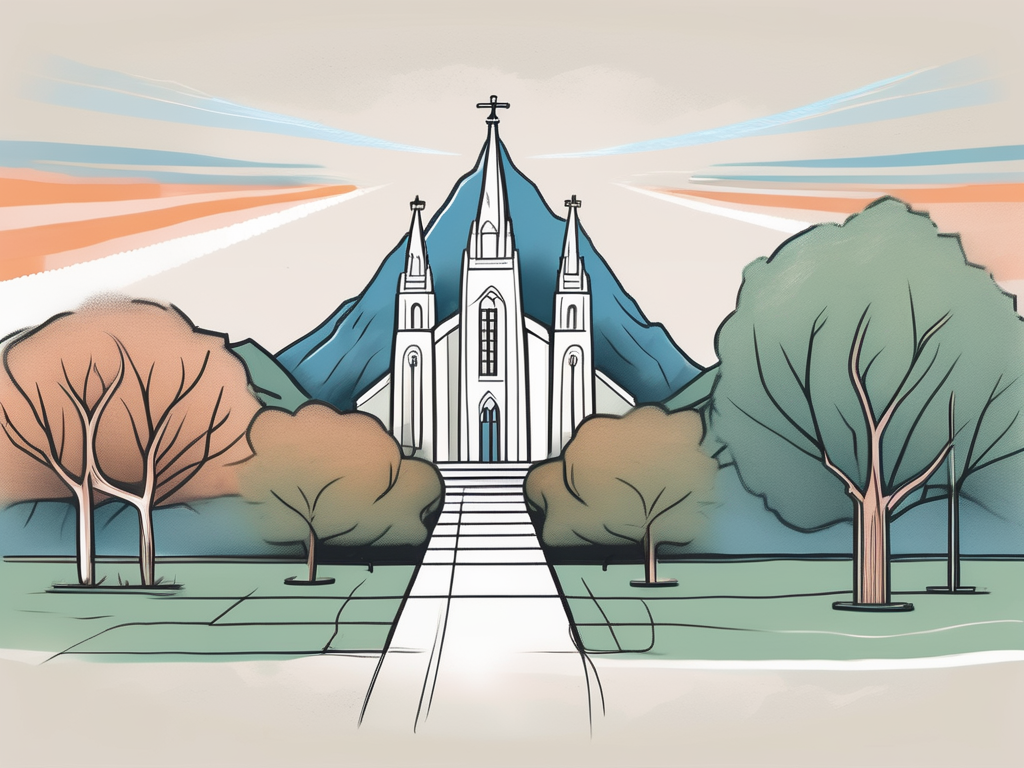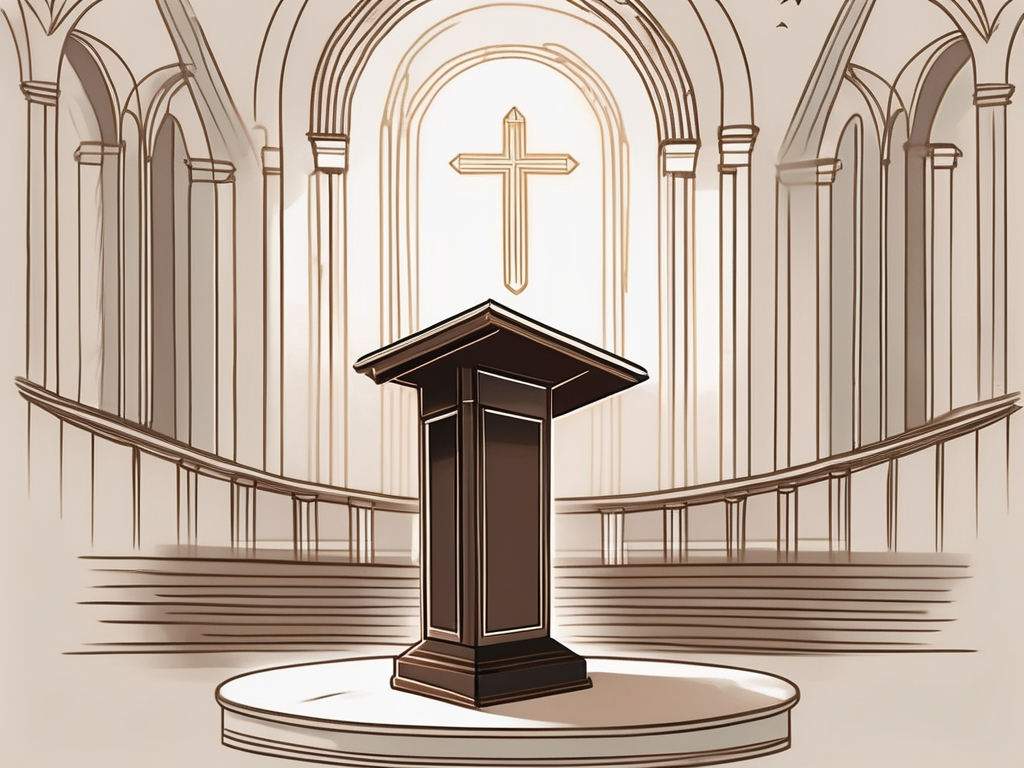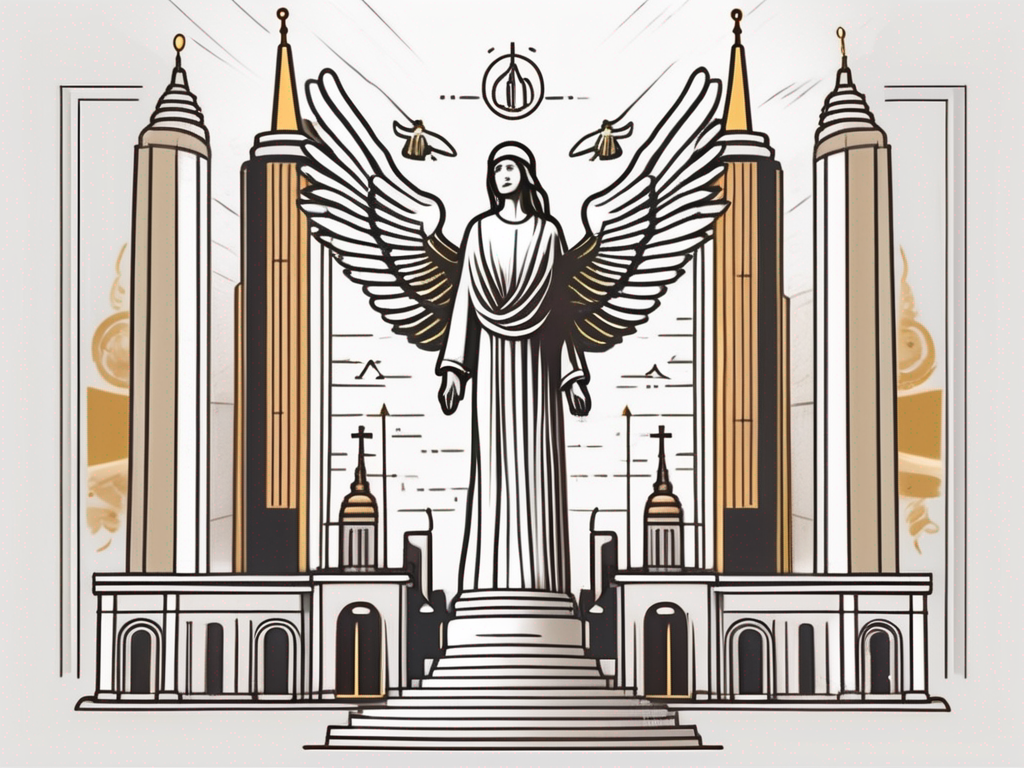The Mormon religion, also known as the Church of Jesus Christ of Latter-day Saints, has a history that dates back to the early 19th century. With its unique teachings and practices, it has grown into a global religion with millions of followers. Let’s delve into the origins, beliefs, controversies, and impact of the Mormon religion to gain a better understanding of how old it truly is.
Understanding the Mormon Religion
Before we explore the age of the Mormon religion, it’s important to grasp the basic beliefs and teachings that form its foundation. Mormons believe in the restoration of the true gospel of Jesus Christ, as they consider the early Christian church to have deviated from its original teachings.
A central belief in Mormonism is that God, Jesus Christ, and the Holy Ghost are three distinct beings, as opposed to the traditional Christian concept of the Trinity. This unique perspective on the Godhead stems from Joseph Smith’s First Vision, in which he claimed to have seen God the Father and Jesus Christ as separate beings. This vision is a pivotal event in Mormon history and is often cited as the starting point of the restoration of the true gospel.
Mormons also believe in modern-day prophets and continuing revelation, with their scripture extending beyond the Bible to include the Book of Mormon, Doctrine and Covenants, and Pearl of Great Price. These additional scriptures provide guidance and teachings that complement the Bible, offering a more comprehensive understanding of God’s plan for humanity.
Basic Beliefs and Teachings of Mormonism
At the core of Mormonism is the belief in Jesus Christ as the Son of God and the Savior of humanity. Mormons strive to live Christ-like lives, emphasizing the importance of faith, repentance, baptism, and receiving the gift of the Holy Ghost. These principles are seen as essential steps towards salvation and eternal life in the presence of God.
Mormonism places a strong emphasis on service, both within the church and in the wider community. Mormons believe that serving others is a way to follow the example of Jesus Christ and demonstrate love and compassion towards their fellow human beings. This commitment to service is evident in the many humanitarian efforts carried out by the Church of Jesus Christ of Latter-day Saints, the official name of the Mormon Church.
In addition to service, Mormons also believe in the sanctity of marriage and uphold traditional family values. They view the family unit as central to God’s plan, and they strive to create strong, loving, and stable families. Mormons believe that families can be together forever, even after death, and that the bonds formed in this life can extend into the eternities.
Mormons dedicate themselves to living a healthy lifestyle by abstaining from harmful substances such as alcohol, tobacco, and drugs. This emphasis on physical health is rooted in the belief that the body is a sacred gift from God and should be treated with respect. Mormons also believe in the principle of moderation and strive to maintain a balanced approach to diet and exercise.
Key Figures in Mormonism
As with any religion, Mormonism has been shaped by key individuals who played significant roles in its development. One such figure is Joseph Smith, who is regarded by Mormons as the first prophet of the modern era. In 1820, at the age of 14, Smith claimed to have experienced a divine visitation from God the Father and Jesus Christ. This theophany marked the beginning of a series of revelations that would ultimately lead to the restoration of the true gospel.
According to Smith, he was chosen to restore the true church in the latter days and was instructed to translate an ancient record, now known as the Book of Mormon. This book serves as a companion to the Bible and is believed to contain the religious history and teachings of ancient inhabitants of the Americas. The Book of Mormon is considered by Mormons to be another testament of Jesus Christ and an additional witness of His divinity.
Brigham Young, another influential figure in Mormon history, led the church after Joseph Smith’s death and played a crucial role in the westward migration of Mormons to the Salt Lake Valley in Utah. Under Young’s leadership, the Mormons established a thriving community in the desert, transforming it into a prosperous and self-sustaining society. His leadership and vision shaped the growth and expansion of Mormonism during the 19th century, leaving a lasting legacy that continues to influence the faith today.
These key figures, along with many others, have contributed to the rich tapestry of Mormon history and the development of its unique beliefs and practices. Their stories and teachings continue to inspire and guide Mormons around the world as they seek to live according to their faith and build a closer relationship with God.
Tracing the Origins of Mormonism
Now that we have a basic understanding of the Mormon religion, let’s explore its origins and how it came to be. The birth of Mormonism can be traced back to the early 19th century in upstate New York.
The Birth of Mormonism in the 19th Century
In 1820, a young Joseph Smith sought divine guidance by praying in a grove of trees near his home. It was during this prayer that he claimed to have received a visitation from God and Jesus Christ, marking the beginning of his prophetic calling.
As Joseph Smith grew older, he became increasingly interested in religious matters and the search for truth. He was troubled by the divisions and conflicting beliefs among different Christian denominations. This led him to seek answers through prayer and meditation, hoping to find a path that would bring him closer to God.
One fateful day, as the sun filtered through the leaves of the trees, Joseph Smith knelt in fervent prayer, pouring out his heart and soul to God. In that sacred grove, he experienced a profound spiritual manifestation. He described seeing a pillar of light descending from heaven, brighter than the sun, which enveloped him in its radiance. Within this divine light, he beheld God the Father and His Son, Jesus Christ, standing before him.
The heavenly beings spoke to Joseph Smith, assuring him that his sins were forgiven and that he should join none of the existing churches, as they were all in error. Instead, he was called to restore the true gospel of Jesus Christ and establish a new church upon the earth.
Over the following years, Smith translated the Book of Mormon from golden plates, which he said were buried in a nearby hill. The Book of Mormon provided a new religious narrative and teachings that were distinct from mainstream Christianity.
The translation of the Book of Mormon was a monumental task, requiring Joseph Smith to dedicate countless hours to the study and interpretation of the ancient text. With the aid of divine assistance, he translated the sacred record, revealing a history of ancient civilizations in the Americas and the teachings of Jesus Christ to these people.
When the translation was complete, Joseph Smith shared the Book of Mormon with others, testifying of its truthfulness and inviting them to embrace its teachings. This marked the beginning of a new religious movement that would eventually become known as Mormonism.
In 1830, Smith formally organized the Church of Christ, which later became known as the Church of Jesus Christ of Latter-day Saints. From its humble beginnings, the church began spreading its message and attracting followers, despite facing persecution and opposition.
Joseph Smith and the Founding of Mormonism
Joseph Smith’s leadership was instrumental in the early years of Mormonism, as he established a communal society known as the United Order and received revelations guiding the church’s practices and organization. He emphasized the importance of personal revelation and spiritual experiences, encouraging members to seek their own testimonies of the truthfulness of the gospel.
However, Smith’s influence was cut short when he was martyred in 1844 due to the growing tensions and conflicts surrounding the church and its beliefs. His death was a devastating blow to the fledgling church, leaving its members without their beloved prophet and leader.
Following Smith’s death, there was a succession crisis within the church, with Brigham Young eventually assuming leadership and leading the Mormons to settle in Utah. This marked a turning point in Mormon history, as the community sought a place where they could freely practice their religion without persecution.
Under Brigham Young’s leadership, the Mormons embarked on a treacherous journey across the United States, known as the Mormon Pioneer Trek, in search of a new home. They faced countless hardships along the way, including harsh weather conditions, disease, and the loss of loved ones. Despite these challenges, their faith and determination propelled them forward.
Finally, in 1847, the pioneers arrived in the Salt Lake Valley, which would become the heart of the new Mormon settlement. Here, they established a thriving community, transforming the arid desert into a prosperous and vibrant city. They built homes, cultivated the land, and constructed temples, solidifying their commitment to their faith and their vision of building Zion.
Today, the Church of Jesus Christ of Latter-day Saints continues to grow and flourish, with millions of members worldwide. The legacy of Joseph Smith and the early pioneers lives on, as Mormons strive to follow their example of faith, perseverance, and devotion to God.
The Expansion and Evolution of Mormonism
As the Mormon religion moved into the 20th century, it experienced significant growth and underwent various changes and adaptations to meet the challenges of a rapidly changing world.
Mormonism in the 20th Century
The 20th century witnessed the continued expansion of the Mormon faith both within the United States and internationally. As the church extended its missionary efforts around the globe, it gained a diverse and multicultural membership.
During this time, the church faced several social and cultural challenges, including the abolition of polygamy and the civil rights movement. Mormon leaders gradually shifted the church’s stance on these issues, aligning themselves more closely with societal norms and promoting inclusivity and equality.
The church also experienced a modernization of its practices, embracing technological advancements and expanding its educational, welfare, and humanitarian programs.
Modern Mormonism and Its Global Reach
Today, Mormonism has become a global religion with millions of members spread across the world. The church’s temples are found in various countries, and its missionaries actively share its teachings with people from different cultures and backgrounds.
Mormonism’s growth can be attributed to its strong community values, focus on family, and its ability to adapt to changing times. The church continues to play an active role in promoting education, family well-being, and humanitarian aid, making a positive impact on the lives of its members and the communities they are a part of.
Controversies and Criticisms of Mormonism
As with any religious organization, the Mormon religion has faced its share of controversies and criticisms throughout its history. Let’s explore some of the debates surrounding Mormonism and the misconceptions that have arisen.
Debates Surrounding Mormon History
There have been ongoing debates regarding the historical accuracy of events recounted in the Book of Mormon and the archaeological evidence supporting its claims. Some critics argue that the book does not align with established historical records, while others maintain its authenticity.
Additionally, discussions surround the role of Joseph Smith as a prophet and the authenticity of the golden plates on which the Book of Mormon was said to be written. Skeptics question the translation process and the extent to which Smith’s personal biases influenced the text.
Public Perception and Misconceptions of Mormonism
Public perception of the Mormon religion has often been shaped by stereotypes and uninformed beliefs. Misconceptions about polygamy, which was practiced by early Mormons but has been officially abandoned by the church since 1890, still persist in some circles.
Mormon beliefs regarding the nature of God, temple ceremonies, and strict adherence to commandments have also been misunderstood or sensationalized in popular culture.
However, many of these mistaken notions can be dispelled through open dialogue and a willingness to learn from practicing Mormons themselves.
The Impact of Mormonism on Society and Culture
Throughout its history, the Mormon religion has had a profound influence on society and culture, both within the United States and abroad.
Mormonism’s Influence on American Culture
The impact of Mormonism on American culture can be seen in various aspects, including politics, entertainment, and the arts. Several prominent political figures and social activists have been members of the church, influencing public policy and advocating for humanitarian causes.
In the realm of entertainment, Mormons have made significant contributions to music, theater, and film. The world-renowned Mormon Tabernacle Choir and numerous Broadway productions have showcased the talent and creativity within the Mormon community.
The Role of Mormonism in Contemporary Society
In contemporary society, the Mormon religion continues to shape and influence the lives of its members. Through its emphasis on family, community service, and personal growth, Mormonism strives to promote values that have a positive impact on individuals and society as a whole.
The church’s educational initiatives and welfare programs provide support and assistance to those in need, reflecting its commitment to fostering self-reliance and improving the well-being of its members and communities.
In conclusion, the Mormon religion has a rich and complex history that spans centuries. From its humble beginnings in the 19th century to its global reach and impact in the present day, Mormonism has evolved, adapted, and faced its fair share of controversies and criticisms along the way. Understanding its origins, beliefs, and the contributions of its followers helps shed light on how old the Mormon religion truly is and the significant role it continues to play in shaping society and culture.
